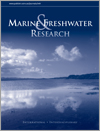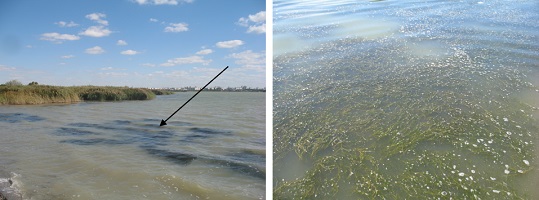MF24149A review of urchin barrens and the longspined sea urchin (Centrostephanus rodgersii) in New South Wales, Australia
 , Rowan C. Chick
, Rowan C. Chick  , Tom Davis
, Tom Davis  , Jeremy K. Day, Tim M. Glasby, Nathan Knott
, Jeremy K. Day, Tim M. Glasby, Nathan Knott  and Maria Byrne
and Maria Byrne
This review indicates that the presence, persistence and role of barrens and the longspined sea urchin (Centrostephanus rodgersii) seem unique in New South Wales, south-eastern Australia, and likely warrant unique management strategies between the north and far south of the state and among neighbouring jurisdictions as the species shifts its distribution.
MF24149 Abstract | MF24149 Full Text | MF24149PDF (2.1 MB) | MF24149Supplementary Material (1 MB) Open Access Article





